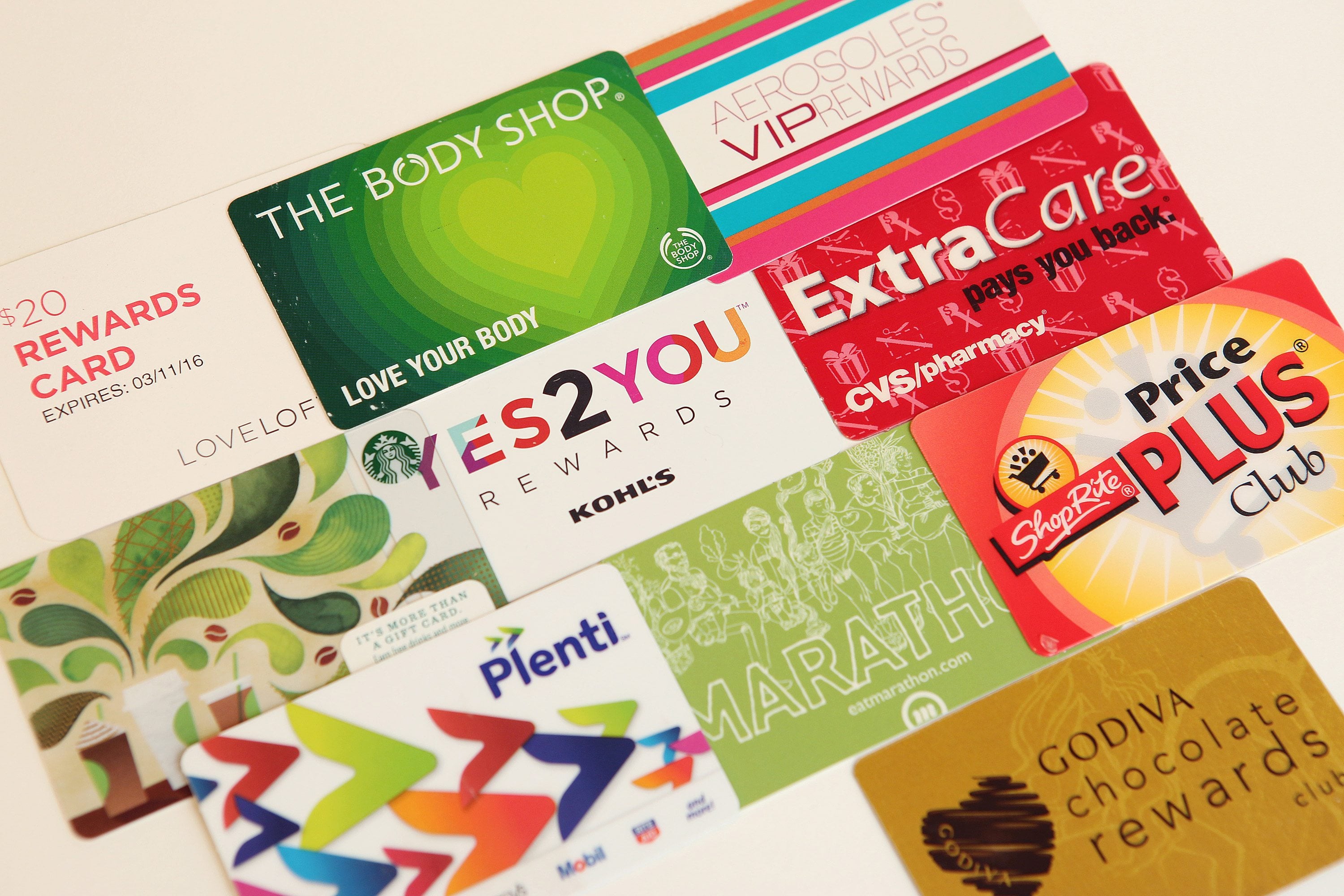PHILADELPHIA — Loyalty pays off.
Airlines reward it. So do casinos. Now more than ever, so do department stores, such as Macy’s and Target, which are tripping over themselves to make you feel special and wanted.
The effort can be summed up in two words: Data analytics. They know you.
Bob and Lori McKaig, both 62, of Northeast Philadelphia, are longtime Macy’s shoppers. Lori McKaig has had a Macy’s credit card for years.
The couple joined the cross-brand loyalty program, called Plenti, last year after it was launched by American Express. It allows a shopper to earn points from multiple retailers instead of just one. Macy’s is a participant, and the McKaigs have been racking up points with store purchases.
They regularly visit Macy’s stores in the region and get coupon mailers and weekly alerts about sales.
“We shop at Macy’s when it benefits us,” Bob McKaig, who is self-employed, said while in an area Macy’s recently. “From an overall savings aspect, it works for us.”
Thanks to technology, retailers have more information about their customers than ever before, and are communicating with them directly on what they’re after.
They know, for instance, that loyal customers — those typically enrolled in loyalty programs, like the McKaigs — will spend up to 45 percent more on a shopping visit than occasional shoppers.
Loyalty programs are commonly used in the food business, including Starbucks and Subway, to name two.
In the 1980s, supermarkets were among the first retailers in the U.S. to develop card-based, frequent shopper loyalty programs.
Neiman Marcus was the pioneer among department stores by developing a store card loyalty program in 1984, called InCircle.
There is an unspoken quid pro quo between retailer and shopper under these programs — that the more you spend, the more you get back.
But other factors — including how often you make a purchase, and what you buy — also determine loyalty-worthiness.
Online leviathan Amazon doles out perks to its “Prime customers,” such as same-day delivery of online orders.
“Customer loyalty programs are a form of customer-centric marketing that retailers can deploy,” said analyst Keith Jelinek, co-leader of the retail and consumer practice at Boston-based FTI Consulting.
Jelinek said loyalty programs help retailers to:
• Better understand their customers.
• Use them as tools to improve customer communications.
• Provide a better experience, with product assortment and store layout and design.
• Plan special events or promotions, such as early-bird hours.
Jelinek said retailers have three goals in mind: to increase market share; pull customers from competitors; and retain their most important customers.
Based on his experience advising retailers, shoppers are broken down into three categories:
• An occasional shopper typically accounts for 45 percent of the retailers’ traffic, yet contributes only about 5 percent of sales.
• A secondary shopper typically contributes another 45 percent of retailers’ traffic, yet contributes about 45 percent of sales.
• The most loyal shoppers — those signed up with loyalty programs — typically contribute 10 percent of a retailers’ traffic, yet can contribute up to 50 percent of sales.
“Given the long-term market share losses among traditional department stores, it’s no surprise that (they’ve) turned to loyalty programs to try to keep their customers,” said Frank Badillo, director of research at MacroSavvy.com, which provides insights about economic trends. “Department stores have been squeezed from all sides over the years, losing shoppers to discounters, specialty apparel stores, and, most recently, online.
“So they have been among the most aggressive in turning to loyalty programs, typically tied to their own store-branded credit cards, to try to keep their shopper and give them incentives to return to the store, or increasingly, to their online store,” he said.
Badillo would know. He did extensive research in this area in the late 1990s and early 2000s and continues to track loyalty programs.
The success of loyalty cards, he said, “depends on how well the retailer is able to leverage the shopper information they generate, to target rewards to the shoppers that will yield the best return, in terms of sales and profits.”
He ticked off fewer than a handful of retailers that he believes are doing it quite well. They include Macy’s and the supermarket chain Kroger.
Macy’s national spokeswoman Elina Kazan said that the Plenti program had been well-received.
Operated by American Express, the program allows shoppers to earn points with multiple retailers, instead of just one. In addition to Macy’s, the other Plenti participants are AT&T, ExxonMobil, Nationwide, Rite Aid, Direct Energy, Enterprise Rent-A-Car, and Hulu.



